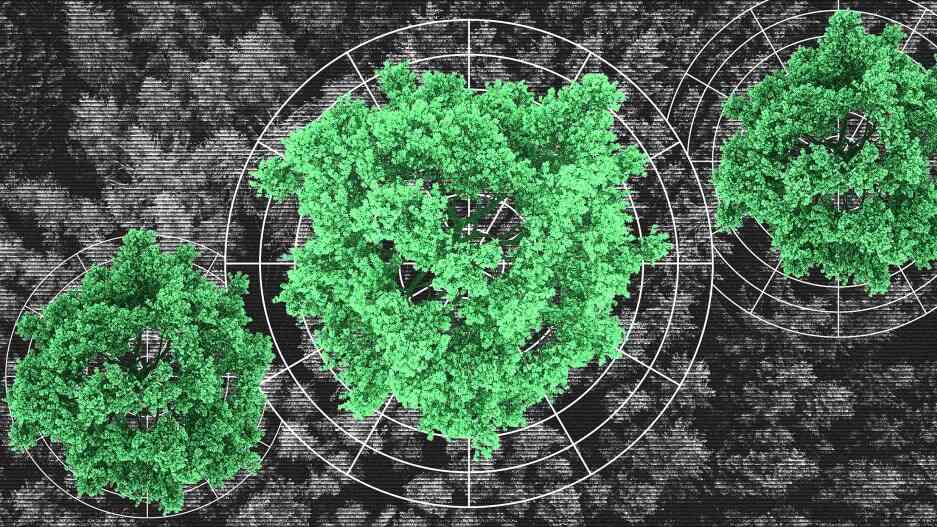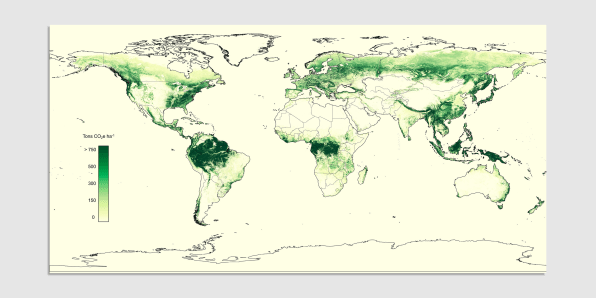- | 8:00 am
A NASA scientist designed a platform to track the carbon of every tree on the planet
CTrees is a nonprofit that uses artificial intelligence to track trees around the world, providing a crucial tool for countries, companies, and nonprofits that want to measure carbon.

While startups race to build machines that can suck CO2 from the air, the world’s three billion trees are already doing the same thing at a massive scale. A new platform is designed to track exactly how much they’re helping by counting the carbon stored in every tree on the planet.
The new nonprofit, called CTrees (its motto: “see the forest and the trees”), uses artificial intelligence to analyze satellite and aerial data along with local data from inventories of trees. As trees grow, or when they’re lost to logging or fires, CTrees can use new satellite images to keep a running estimate of the total carbon. The methods, based on two decades of science, “come close to the accuracy of the gold standard” of on-the-ground measurement, says Sassan Saatchi, a senior scientist at NASA’s Jet Propulsion Laboratory, who is helping lead CTrees as a side project.
Some startups, like San Francisco-based Pachama, also use AI and remote sensing to track changes in forests for specific carbon offset projects. But CTrees will look at the global picture. It also can dive into specific projects and data about what’s happening in regions or across countries. High-resolution data from commercial satellites makes it possible to zoom in on individual trees.

The data will be crucial for countries that are relying on forests to capture a specific amount of carbon as part of their commitments under the Paris Climate Agreement. Companies and nonprofits selling carbon credits for protecting or restoring forests also need a tool like this to help convince buyers that they’re legitimately measuring the value of their work. “They need to have reliable datasets to monitor the forest, and they need to have high accuracy,” Saatchi says.
Annual forest data will be free to the public on the website, including global and national numbers. Customers that want to measure carbon on specific projects will pay a fee, with the pricing yet to be announced.
The platform can be used for a variety of reasons, from tracking street trees in cities to spotting deforestation. “Even groups that are working with Indigenous communities or with small farmers on reforestation and carbon credits can actually use the data,” he says. “At the same time, we will always add up the efforts of everyone to see exactly how we’re doing globally.” Last year, the researchers estimate, the world’s trees stored around 400 billion tons of carbon.








































